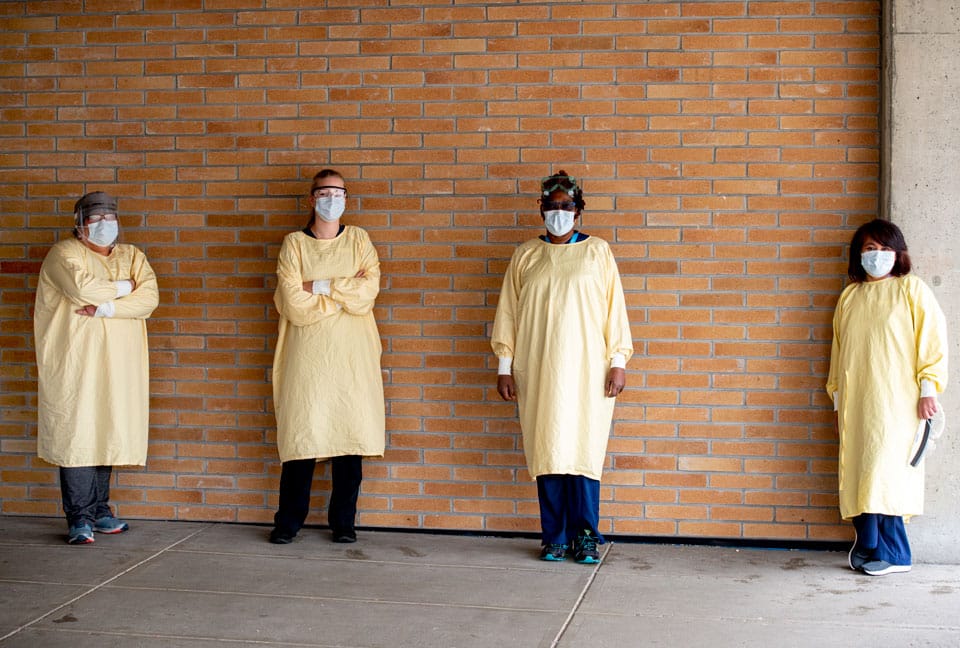Violence Prevention
Workplace violence can have a significant impact on the physical and psychological health and safety of workers. Approximately 40% of all WorkSafeBC violence-related claims come people who work in the health sector, although these people make up less than 5% of the workforce in BC (WSBC 2021). And underreporting is common in healthcare for several reasons and the number of violent incidents in our sector is widely believed to be significantly higher.
Violence in the healthcare workplaces is different from other sectors. People who work in healthcare must interact closely with patients, residents, clients and their families, sometimes under difficult circumstances. Patients may feel frustrated, angry and aggressive as a result of their medical condition, the medication they are taking, because of the circumstances they are in or they may have a history of violent behaviour.

Definition of Workplace Violence
WorkSafeBC defines violence as “the attempted or actual exercise by a person, other than a worker, of any physical force so as to cause injury to a worker.” Violence also includes any “threatening statement or behaviour which gives a worker reasonable cause to believe that he or she is at risk of injury.”
Violence Prevention Program
A workplace violence prevention program is a key part of an organization’s Occupational Health and Safety (OHS) program. To create a successful program, an organization must assess their own unique needs and design their program in specific ways that will target their unique patient, resident and client profile and the nature of the care they are delivering.
Five steps to an effective program:
- Establish a working group and enlist support
- Conduct a risk assessment
- Develop and implement action from the risk assessment
- Provide violence prevention education and training
- Conduct an annual review
Developing a violence prevention strategy for you organization: the five key topics
SWITCH BC is working with our Technical Advisory Committee to develop a provincial violence prevention strategy for healthcare.
Education
- Are your staff trained on violence prevention?
- How often do they practice their de-escalation techniques?
- Do you have regular violence refresher training?
Workplace support
- Do you have 24/7 debriefing in case of a serious incident of violence?
- Are your supervisors and managers trained to provide support after an incident?
Policies and procedures
- Does your organization have an alert for patient with history of violence?
- Do you have policies around least restraint?
- Do you have a code white procedure for your organization?
Environment (physical and emotional)
- Is your environment designed to prevent serious incidents of violence?
- Do you have emergency call buttons in place?
- Are your supervisors and managers trained to encourage open communication and invite reporting?
Reporting and follow-up
- Are workers familiar with your incident reporting system?
- Are your supervisors and managers familiar with their responsibilities if a worker makes a report?
- Who conducts your incident investigation and follows up with the worker?











